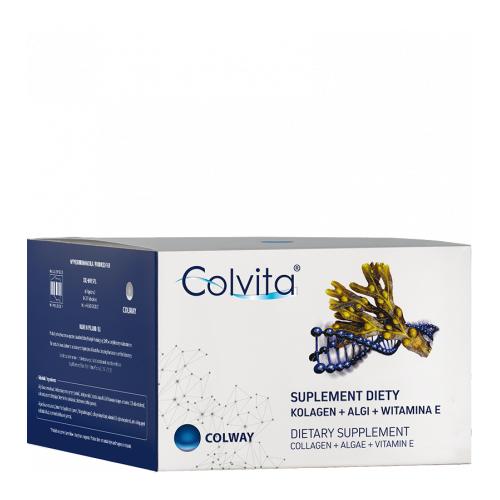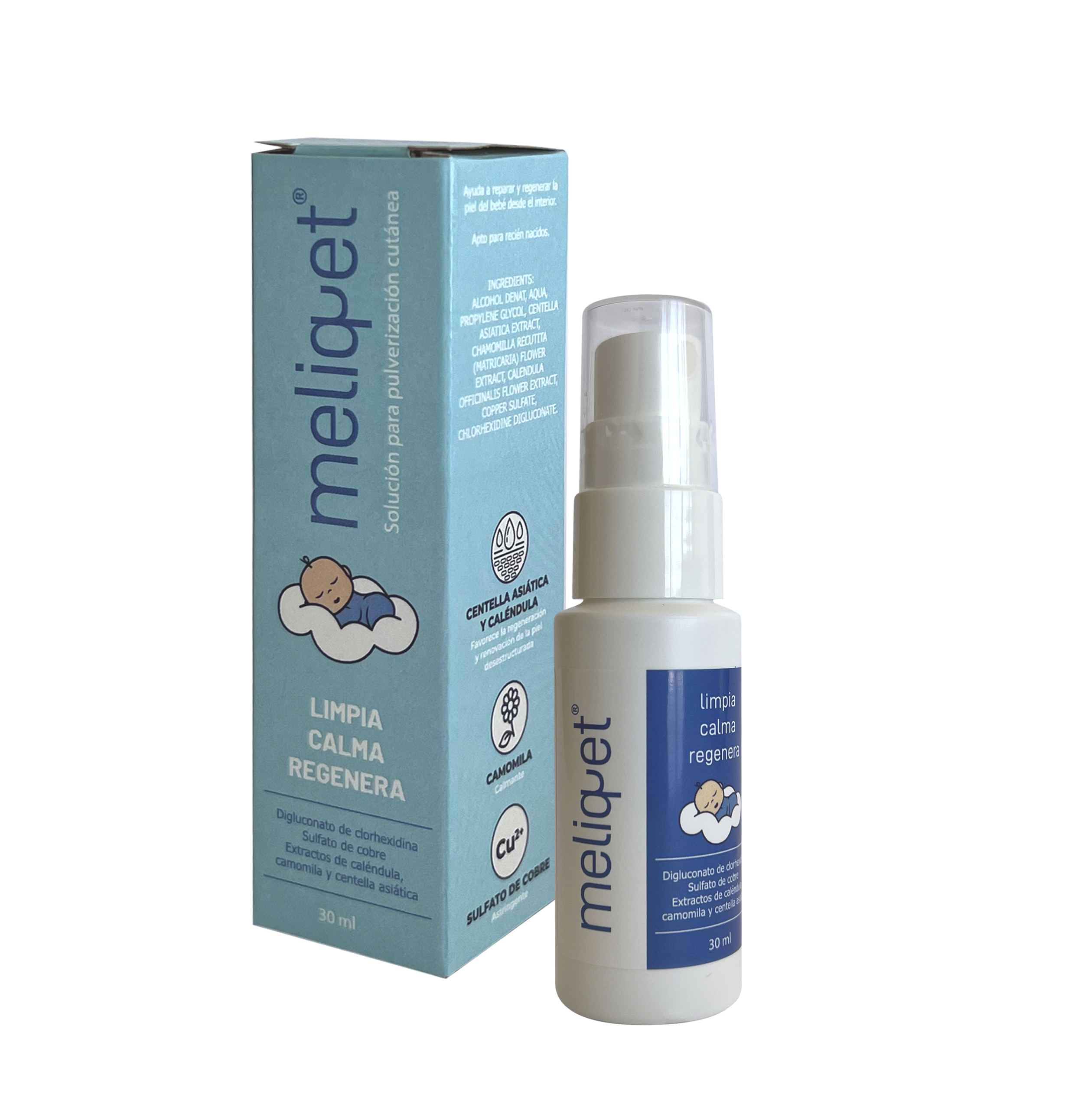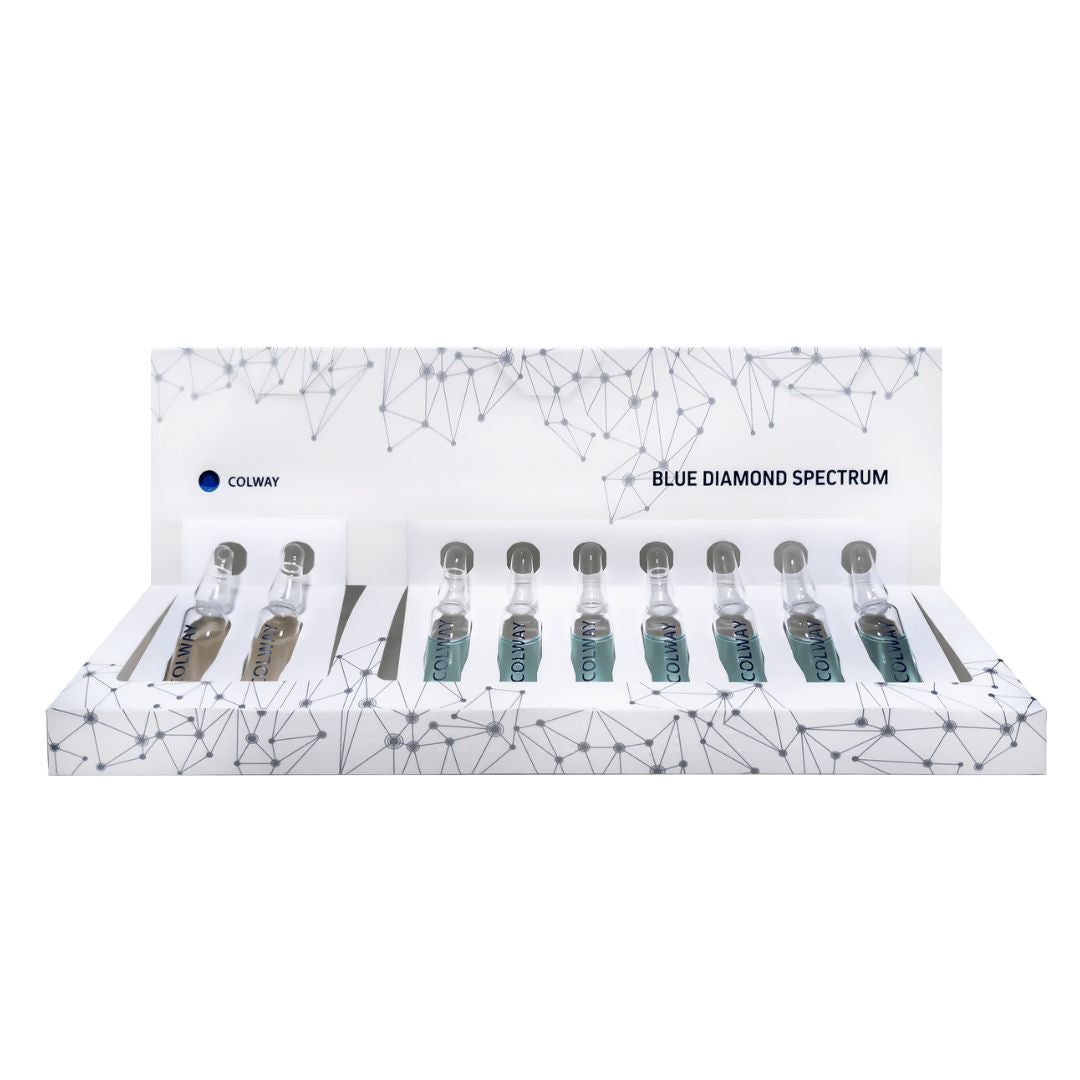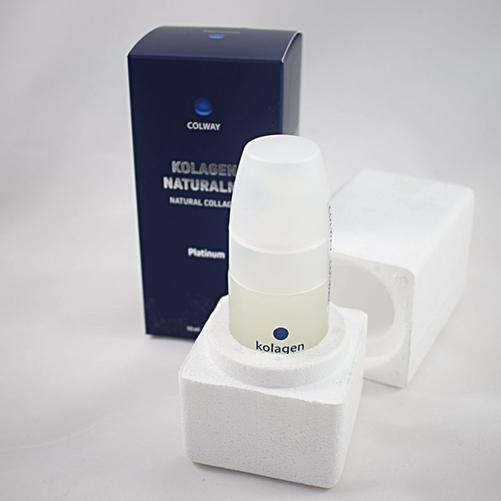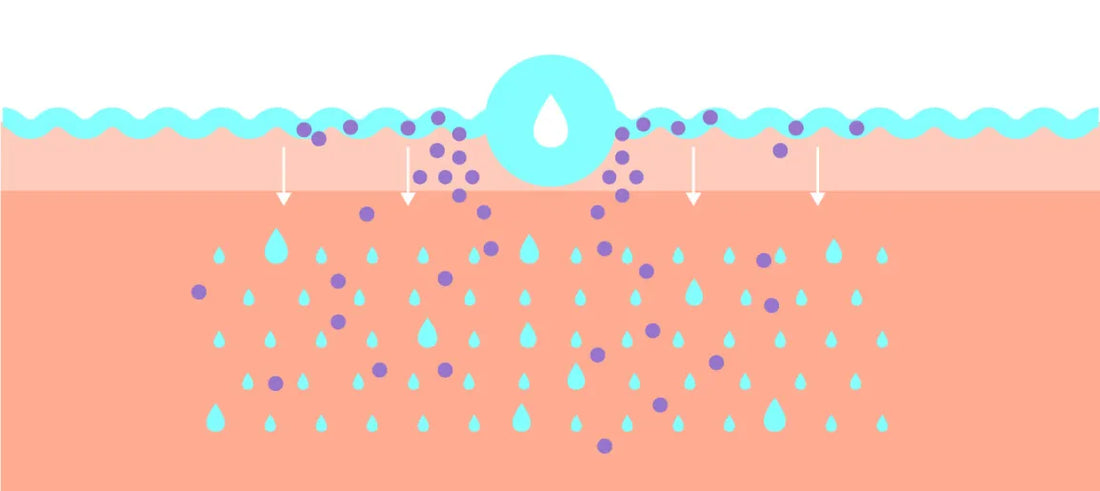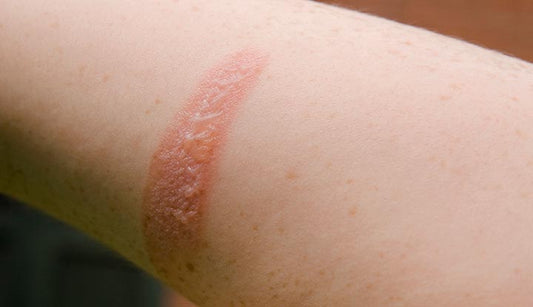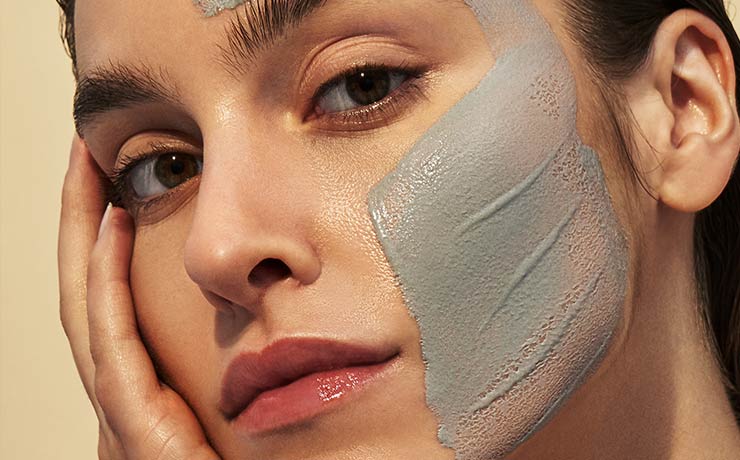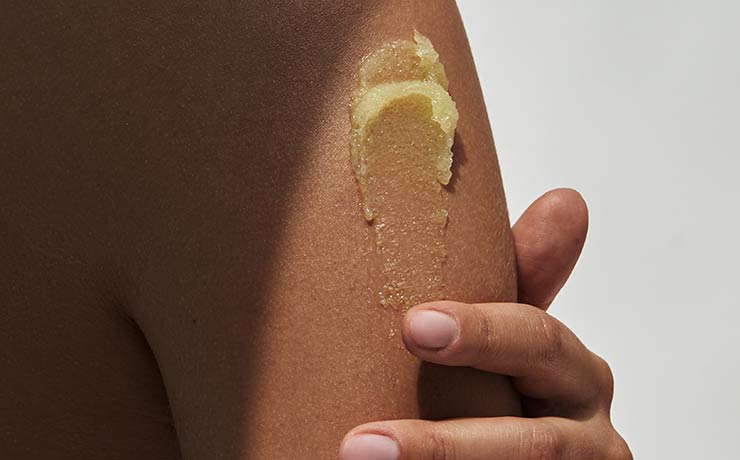Glycosaminoglycans in cosmetics: Boosting skin penetration with deep hydration
As we age, our skin loses moisture and elasticity, leading to wrinkles, fine lines, and uneven texture. To address these concerns, skincare products often incorporate glycosaminoglycans (GAGs), a family of long-chain carbohydrates known for their ability to deeply hydrate the skin and promote ingredient penetration. In this article, we'll explore what glycosaminoglycans are, how they work in cosmetics, and why they're a key ingredient in many water-based formulations, such as ampoules.
What are glycosaminoglycans?
Glycosaminoglycans (GAGs) are a family of long-chain carbohydrates that are made up of repeating disaccharide units. These molecules are found throughout the body, with the highest concentrations in the extracellular matrix of connective tissue. In the skin, GAGs are an essential component of the dermal matrix, helping to maintain hydration and supporting the skin's structure.
How do glycosaminoglycans work in cosmetics?
In cosmetics, glycosaminoglycans are valued for their ability to hydrate and plump the skin. When applied topically, GAGs can bind to water molecules, creating a reservoir of moisture that can help smooth fine lines and wrinkles. But GAGs also have another important function in cosmetics: they can help improve the penetration of active ingredients into the skin.
One way that GAGs accomplish this is by briefly unsealing the epidermal lipid barrier. The epidermis is the outermost layer of the skin, and it acts as a protective barrier, preventing water loss and blocking the entry of harmful substances. However, this barrier can also make it difficult for skincare ingredients to penetrate deep into the skin. GAGs can help to temporarily disrupt the barrier, allowing active ingredients to more easily reach the deeper layers of the skin.
Benefits of using glycosaminoglycans in skin care
The benefits of using glycosaminoglycans in skin care are numerous. Here are just some of the ways these molecules can help improve the look and feel of your skin:
- Deep Hydration: GAGs are capable of holding up to 1,000 times their weight in water, making them an incredibly effective way to hydrate skin.
- Enhanced Ingredient Penetration – As mentioned above, GAGs can help unseal the epidermal lipid barrier, allowing active ingredients to penetrate deep into the skin and deliver their benefits more effectively.
- Increased Firmness and Elasticity: Because GAGs help plump and hydrate skin, they can also improve the appearance of fine lines and wrinkles, and promote firmer, more elastic skin over time.
- Soothing and anti-inflammatory effects: Some types of GAGs, such as chondroitin sulfate and heparin sulfate, have been shown to have anti-inflammatory properties and can help calm and soothe the skin.
- Enhanced Wound Healing: GAGs are also involved in the wound healing process, helping to repair damaged tissue and promote healthy skin growth.
Types of glycosaminoglycans found in cosmetics
There are several types of glycosaminoglycans commonly used in cosmetics, each with slightly different properties and benefits. Here are some of the most common types:
- Hyaluronic Act: Perhaps the best known GAG, hyaluronic acid is a powerful moisturizer that can hold up to 1,000 times its weight in water. It is often used in anti-aging products to hydrate and plump the skin.
- Dedroitin Sulfate Sulfate: This GAG is derived from shark or cow cartilage and is valued for its anti-inflammatory properties. It is often used in skin care products intended to reduce redness and irritation.
- Heparin Sulfate: This GAG is similar to chondroitin sulfate, but has a more complex structure. It is often used in skin care products intended to reduce inflammation and promote wound healing.
- Dermatan Sulph: This GAG is found primarily in the skin and plays a key role in maintaining hydration and supporting the skin's structure.
glycosaminoglycans vs. Hyaluronic Acid: What's the difference?
Although hyaluronic acid is a type of glycosaminoglycan, it is not the only one. There are several other GAGs that are commonly used in skin care products, each with their own set of benefits. While hyaluronic acid is known for its deep moisturizing properties, other GAGs, such as chondroitin sulfate and heparin sulfate, have been shown to have anti-inflammatory and wound-healing effects. When choosing a product rich in glycosaminoglycans, it's important to consider the specific benefits of each type of GAG and choose a product that addresses your individual skin care concerns.
Glycosaminoglycans and skin barrier function
While glycosaminoglycans can help improve the penetration of active ingredients into the skin, it is important to note that they do so by briefly disrupting the epidermal lipid barrier. This can be beneficial to the effectiveness of the product, but can also leave skin vulnerable to environmental stressors like pollution and UV radiation. For this reason, it's important to follow up with a barrier support product like a moisturizer or facial oil after using a product rich in glycosaminoglycans.
Frequent questions
- Are glycosaminoglycans safe to use in skin care products?
Yes, glycosaminoglycans are generally considered safe for use in skin care products. However, as with any skincare ingredient, it is important to patch test and discontinue use if irritation occurs.
- Can glycosaminoglycans be used with other active skin care ingredients?
Yes, glycosaminoglycans can be used in conjunction with other active skin care ingredients. In fact, they can help improve the penetration and effectiveness of other active ingredients.
- Are glycosaminoglycans suitable for all skin types?
Yes, glycosaminoglycans are suitable for all skin types. However, it is important to choose a product that is appropriate for your individual skin care concerns.
- Can glycosaminoglycans help improve the appearance of fine lines and wrinkles?
Yes, glycosaminoglycans can help improve the appearance of fine lines and wrinkles by plumping and hydrating the skin.
- Are there any precautions to take when using glycosaminoglycan-rich skin care products?
It is important to follow up with a moisturizer or facial oil after using a product rich in glycosaminoglycans to support the skin's barrier function. Also, it is important to use sunscreen to protect the skin from UV damage.

